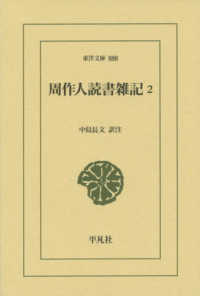Full Description
On 15 July 1974, Archbishop Makarios III, the democratically elected president of Cyprus, narrowly escaped death when the Cyprus National Guard shelled the presidential palace in Nicosia. Makarios and his bodyguards fled just as the assault was delayed by a broken tank. The coup was backed by the Greek military dictatorship, or Junta, which had taken power in 1967 and saw Makarios as a communist sympathizer. The Junta's leader, Dimitrios Ioannidis, assumed that the CIA and the West would support the archbishop's removal, a major miscalculation.
The coup's aftermath led to the installation of Nicos Sampson as president, sparking fears in Turkey of Cyprus uniting with Greece (Enosis), which threatened Turkey's security. In response, Turkey invaded Cyprus, sparking conflict with Greek and Cypriot National Guard forces. The crisis nearly led to war between Greece and Turkey.
Efforts by Henry Kissinger and British Foreign Secretary James Callaghan to prevent further escalation were complicated by the political turmoil in the U.S. and Britain's vulnerability due to its military presence on the island. By August, the conflict resulted in 3,000 deaths and 200,000 displaced people. Cyprus remains divided today. In Cyprus 1974, Andrew Southam explores the perspectives of all parties involved, debunking conspiracy theories and highlighting key mistakes.








